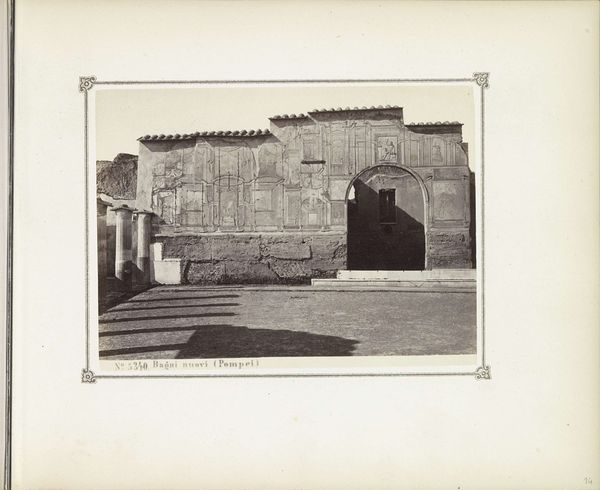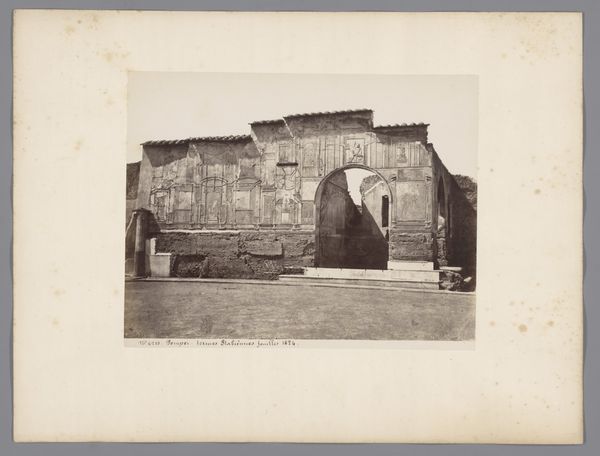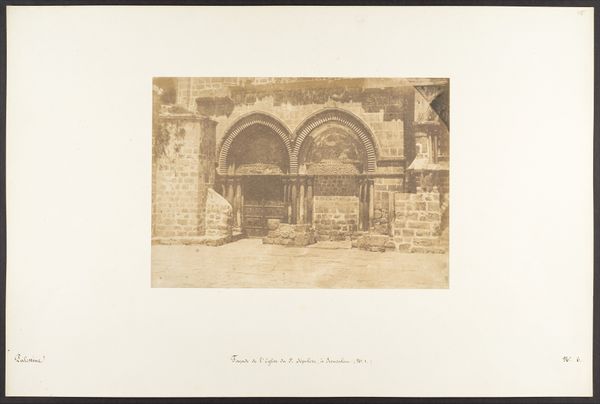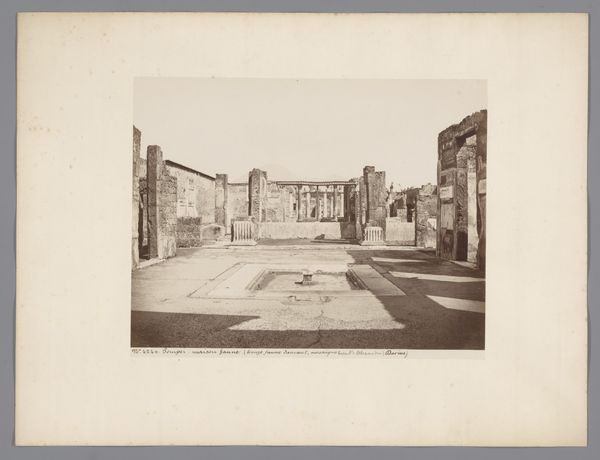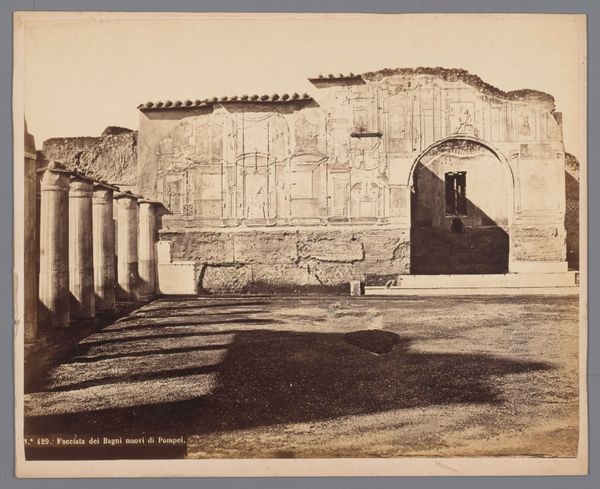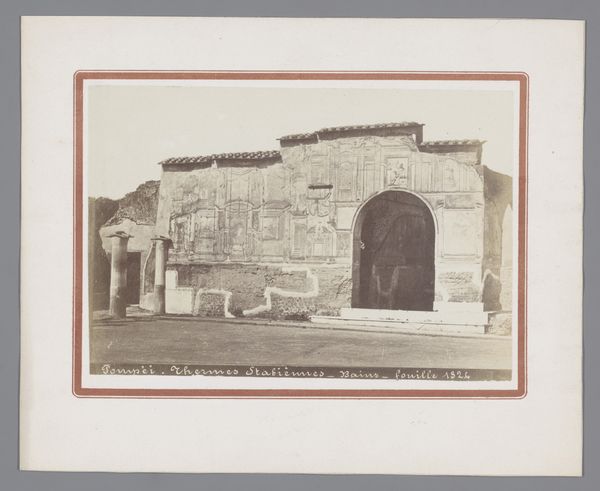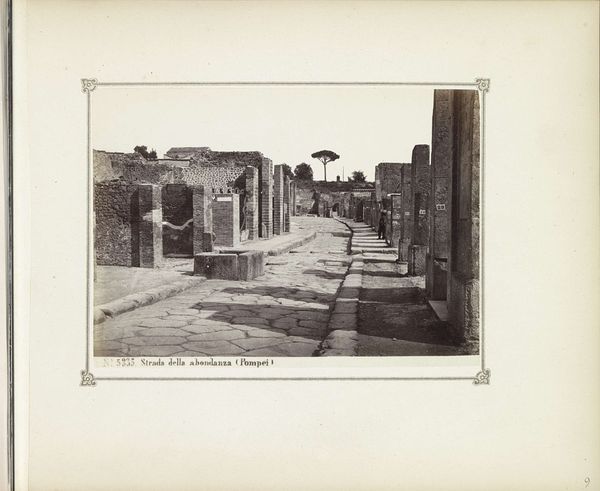
photography
#
landscape
#
street-photography
#
photography
#
ancient-mediterranean
Dimensions: height 320 mm, width 478 mm
Copyright: Rijks Museum: Open Domain
Editor: So, this is Giorgio Sommer's "Ruins of a Bathhouse in Pompeii," taken between 1863 and 1875. It's a photograph, and there's something so haunting about seeing these ancient ruins frozen in time like this. What do you see in this piece that really resonates with you? Curator: I see a photograph deeply embedded within a colonial gaze. Sommer, a European photographer, documented Pompeii, a site unearthed through imperial projects, for a largely European audience. The photograph, therefore, is not just a record of ruins, but evidence of a cultural encounter steeped in power dynamics. How does this impact your interpretation? Editor: That's a great point! I hadn't thought about it that way. The ruins are beautiful but their capture through photography becomes another layer of colonial interpretation. Curator: Exactly. Think about the street-photography tag. The artist created a narrative of Pompeii for a European consumer. What stories are missed with this perspective? Also, where are the people? Editor: The absence is quite striking. It amplifies the ruins and reinforces that sense of frozen time, I guess. And maybe that absence speaks volumes about who gets to control the narrative. Curator: Precisely. We have to constantly question who gets to speak, and how that affects our understanding of history. This photograph acts as a kind of memorial; what sociopolitical constructs define memorials? Editor: I am going to be asking a lot more questions about that interplay from now on. Thanks! Curator: Likewise! Thank you for enriching my perspective as well.
Comments
No comments
Be the first to comment and join the conversation on the ultimate creative platform.
